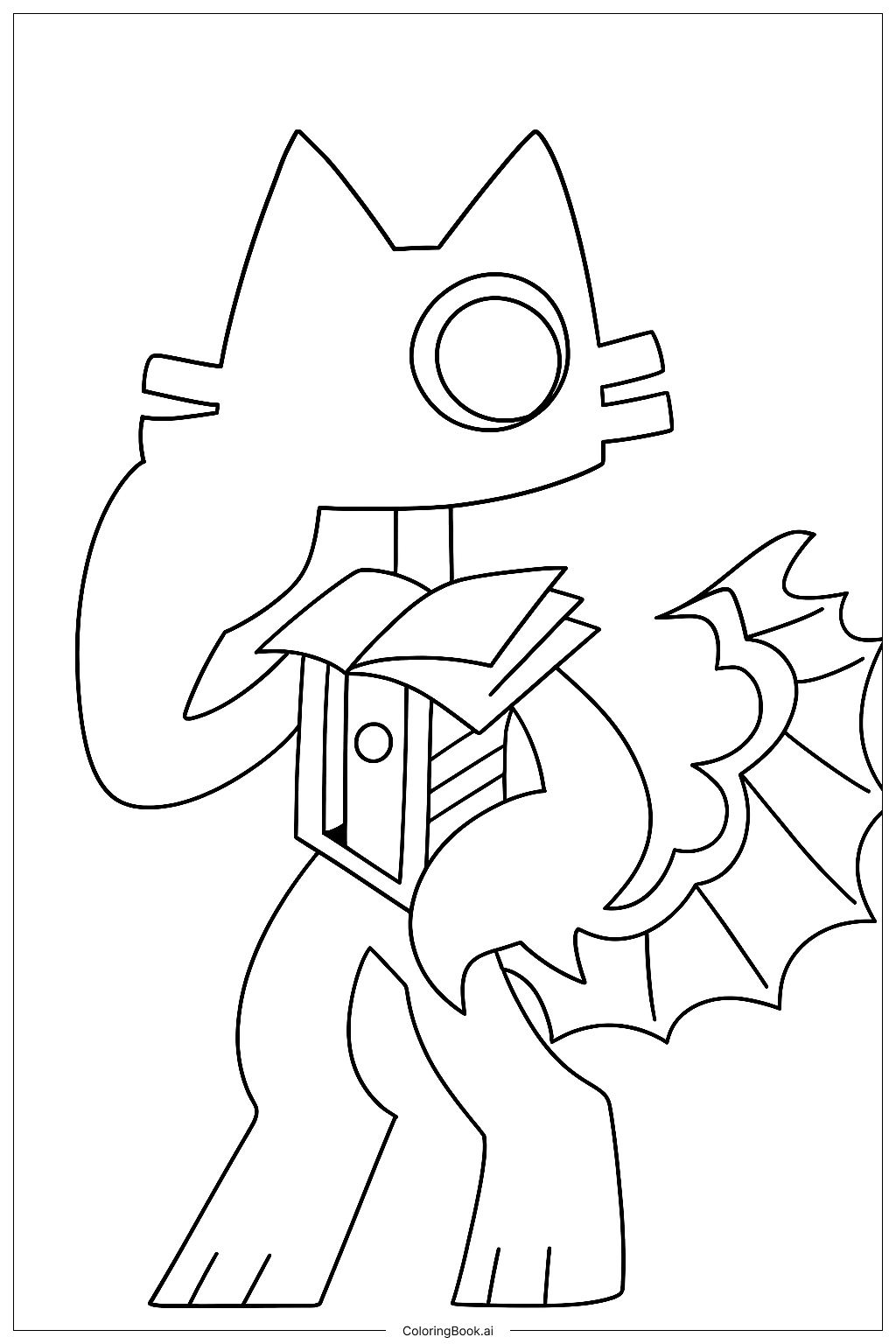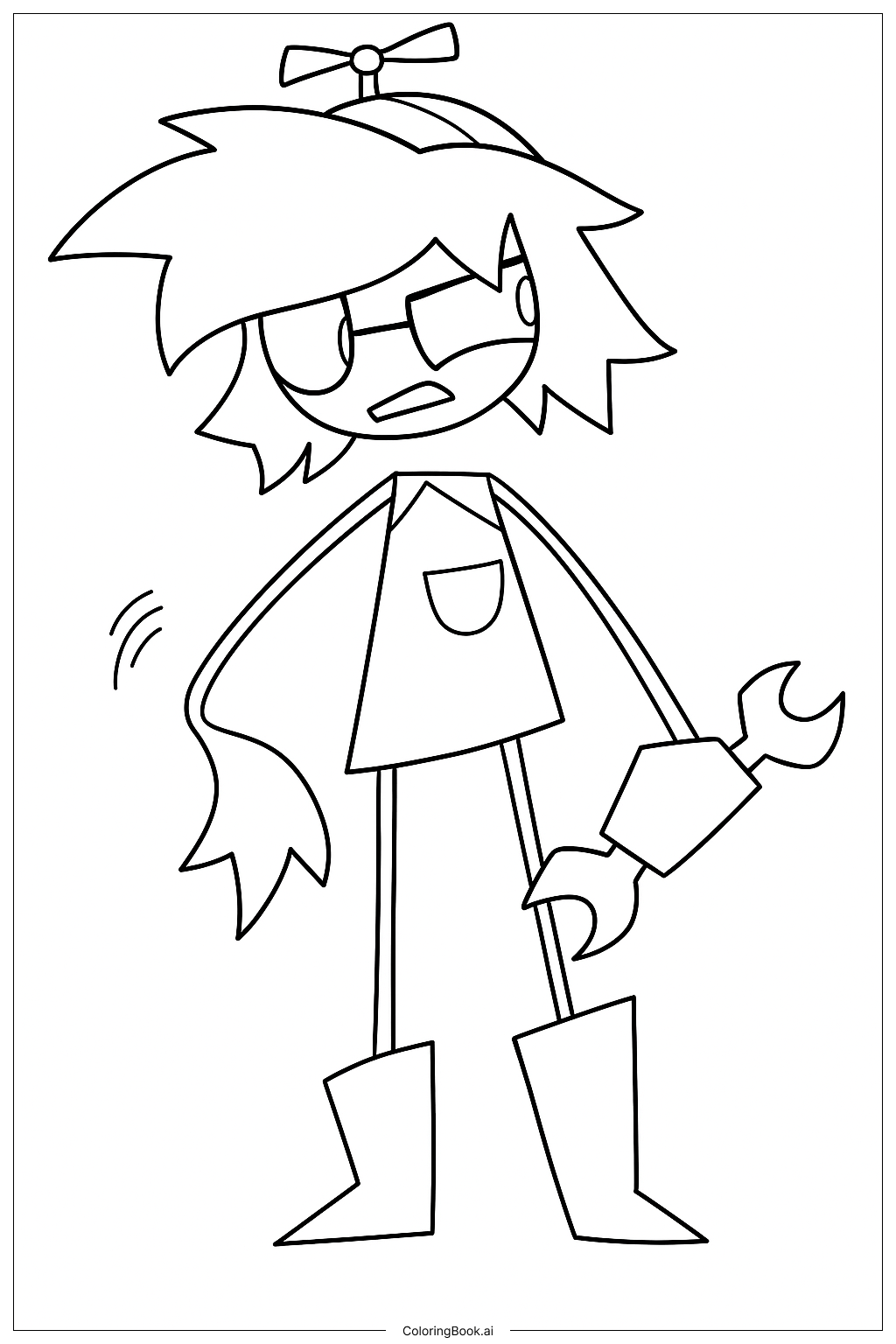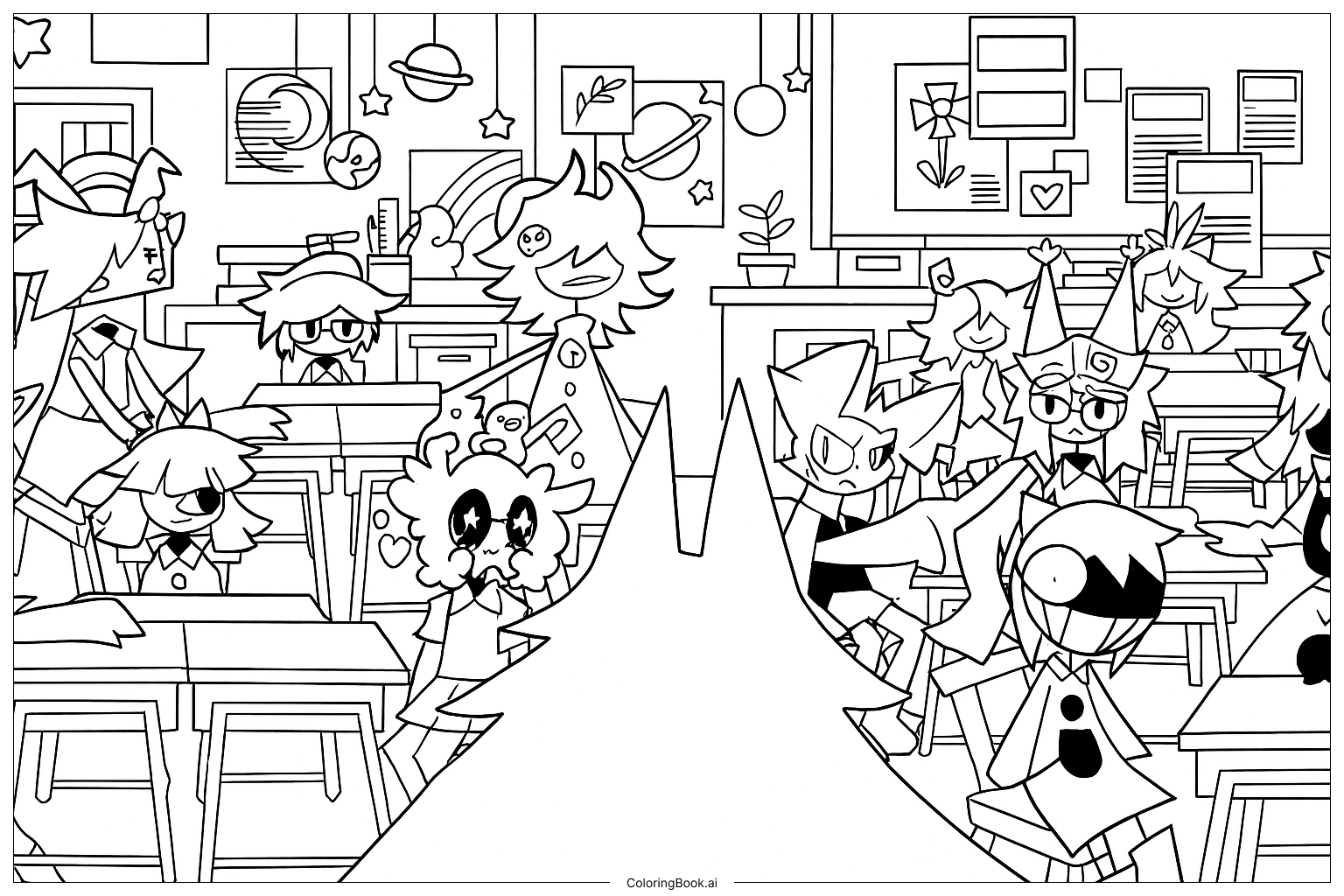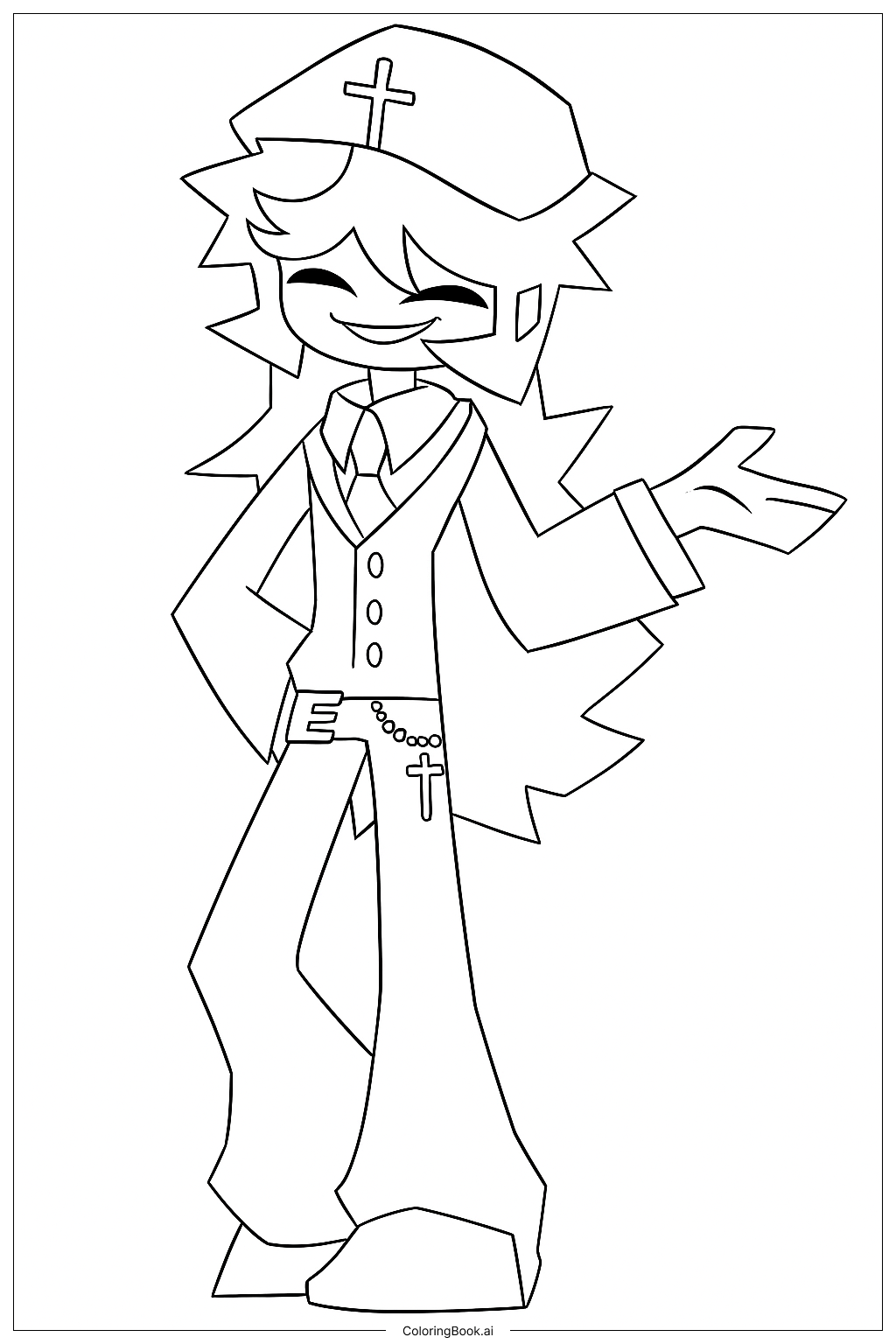Coloring tips: How to color Cubbie coloring page well?
For coloring Cubbie, try using bright and warm colors like orange, yellow, or red for the main body to make the character lively. Use cool colors such as blues or purples for the wings to create contrast and highlight the fantasy element. The book can be colored in neutral tones like brown or tan with vibrant details like red or green for the pages to emphasize it as the focal point. Consider shading lightly to add depth, especially around the wings and tail. Use a darker color for outlines if needed, to enhance the character's features. Experiment with different combinations to express your creativity.
Coloring challenges: Which parts are difficult to color and need attention for Cubbie coloring page?
1. Wings Detail: The wings have small, intricate sections that need careful attention to stay within lines while coloring. 2. Thin Lines: Some parts, like the whiskers and fingers, have thin outlines that could be tricky for younger children to color precisely. 3. Large Open Areas: The big parts of the body are simple but require patience to fill evenly with color without streaks. 4. Book Highlights: The book has multiple layers and fine lines; distinguishing these can be challenging but important for emphasizing the book. 5. Tail Curves: The tail has curves and fluffy edges that might need careful coloring to preserve the shape and texture effect.
Benefits of coloring books: Advantages of drawing Cubbie coloring page
Coloring this image helps improve hand-eye coordination and fine motor skills as children carefully fill in different shapes. It encourages creativity and color recognition by allowing children to choose and combine colors in imaginative ways. Focusing on details like wings and the book enhances concentration and patience. The character inspires storytelling, making it fun and educational. Overall, coloring Cubbie supports emotional expression and boosts confidence as children see their colorful artwork come to life.









